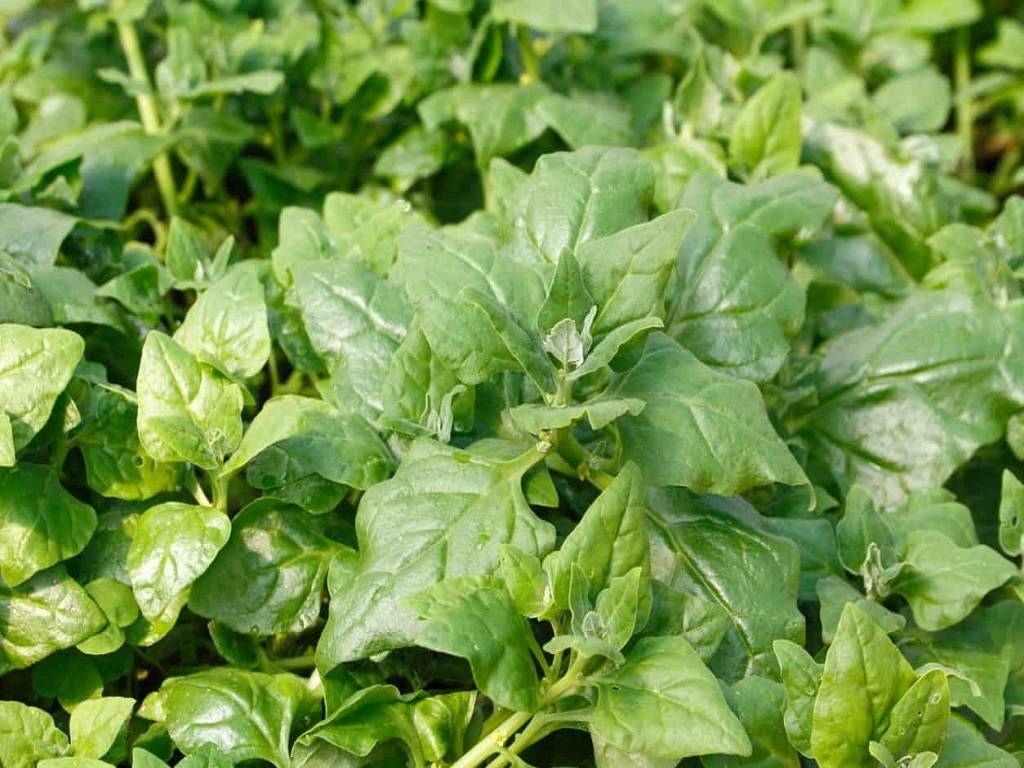
Spinach has effectively marketed itself as a nutritious vegetable that improves a person's overall health by giving them strength and a lot of nutrients. An important dietary item since ancient times, spinach is a blooming edible plant. It is a wild green that may reach a height of 30 cm and have leaves that range in width from 15 to 30 cm. Spinach seeds first develop into teeny, 10 mm-diameter fruits. Those fruits themselves are the result of tiny, just 5mm-wide blooms.
The delicious greens are said to have come from Spinacia Tetranda, a wild edible plant still present in Anatolia today. Around the year 647, spinach was transported from Persia to India and subsequently Ancient China, where it was given the new, alternate name "Persian vegetable."
Varieties of Spinach
Savoy, semi-savoy, and flat-leafed are the three main sorts of spinach variations. Each of these variations is further divided into several more sorts that thrive in various climates and growing seasons.
Savoy Spinach
Spinacia oleracea is the scientific name for savoy spinach, sometimes referred to as curly-leaf spinach. The dark green, curled leaves of the wrinkled leaf have a crisp and slightly gritty feel. Savoy spinach differs significantly from regular spinach in terms of flavor and texture.
The two main forms of savoy spinach are further classified into the following groups:
Regiment Spinach
This hybrid species is best grown in the spring and fall and is renowned for its broad, thick leaves. This kind of spinach germinates in about 37 days and displays fast seedling development, developing into flavorful, dark green arrow-shaped plants. This excellent variety of savoy spinach may be prepared whichever you wish because of its flavourful flavor.
When served raw and fresh, it has a delicate and crispy flavor and texture. You can also serve it sautéed or braised in creamy sauces, pasta, and soups.
Bloomsdale Spinach
One of the earliest types of spinach, Bloomsdale has long, curly, dark-green leaves. To encourage continuous development, it is best to seed in the spring in a sunny area.
It can need 1-1/2 inches of water every week throughout the growing season. Always estimate the amount of water using a rain gauge. Harvest leaves when they are three inches old, and cut young leaves when they are up to two inches long.
Semi-Savoy Spinach
Semi-savoy spinach has the same flavor and crisp texture as savoy spinach. However, it is easier to clean since it is less crinkly than savoy spinach.
This is the finest option for growing at home because it frequently has anti-disease qualities. In other words, because it is so rich in lutein, beta-carotene, glutathione, omega-3 fatty acids, iron, calcium, vitamin A, C, and E, this particular variety of spinach is extremely nutrient-dense.
There are four primary varieties of this crispy spinach, which are covered in more detail below:
Tyee
Tyee spinach has less crumbly leaves than savoy spinach and has thick, dark green leaves. Tyee spinach belongs to the semi-savoy spinach family and has a delicious flavor either consumed raw or cooked.
Growing Tyee in the fall and harvesting it in the early spring are the ideal times, especially throughout the day when the temperature hits 40 degrees. Tyee seeds can also be planted successfully in the warmer months of late spring if for some reason you are unable to do so during the colder months.
Catalina
Catalina, also known as baby leaf spinach, is a gorgeous green vegetable with a wonderful oval form and flavorful texture. The heat-resistant vegetable grows quickly, with a maximum growth period of 40 days. You don't have to wait until the hottest part of the summer to start planting. According to experts, the colder spring or fall months, with a growth temperature of between 45- and 75 degrees Fahrenheit, are the best times for Catalina to thrive.
Catalina's vibrant green foliage can withstand summer shade and mild cold. This small-leaved spinach is excellent in salads and is regarded as superior to other varieties of semi-savoy spinach because of its silky leaves.
Teton
Teton is a very robust hybrid plant that produces sensitive, dark-green leaves that grow quickly and straight.
Additionally, Teton lacks bolting, a plant survival strategy required to endure the scorching summer months. So, the best time to sow Teton seeds is in the colder months. They might not live and produce Teton spinach if that happens.
Indian Summer
Again, the milder months of fall and spring are great for growing Indian summer. The simple-to-grow spinach matures and is ready for harvest in 35 to 40 days.
You will need to undertake a lot of upkeep when growing Indian summer, therefore previous planting knowledge might be helpful when sowing and nurturing this plant. Be cautious to monitor the amount of soil, pH level, light exposure, and pests.
There are two main varieties of flat-leaf spinach:
Space Spinach
Space spinach, also known as Spinacia oleracea, may thrive in a variety of wet, nutritious soil types. But because it is sensitive to acidity, the pH level should be between 6.5 and 7.5. Space spinach should ideally be sown in the early spring since, like other varieties of spinach, it grows best in colder climates.
Red Cardinal Spinach
Red cardinal spinach, as its name suggests, has a crimson color, red veins in its leaves, and red stems that resemble beet leaves.
Although red cardinal spinach is a beautiful addition to salads, it bolts more quickly than any other type of spinach, so it is preferable to harvest it when it is still young. More quickly than any other type of spinach, red cardinals reach maturity in 21 to 32 days in the spring and summer and 25 to 35 days in the fall and winter. Red cardinals do best in climates between 45 and 75 degrees, with a minimum of 6 hours of sunlight each day and a modest amount of water.











